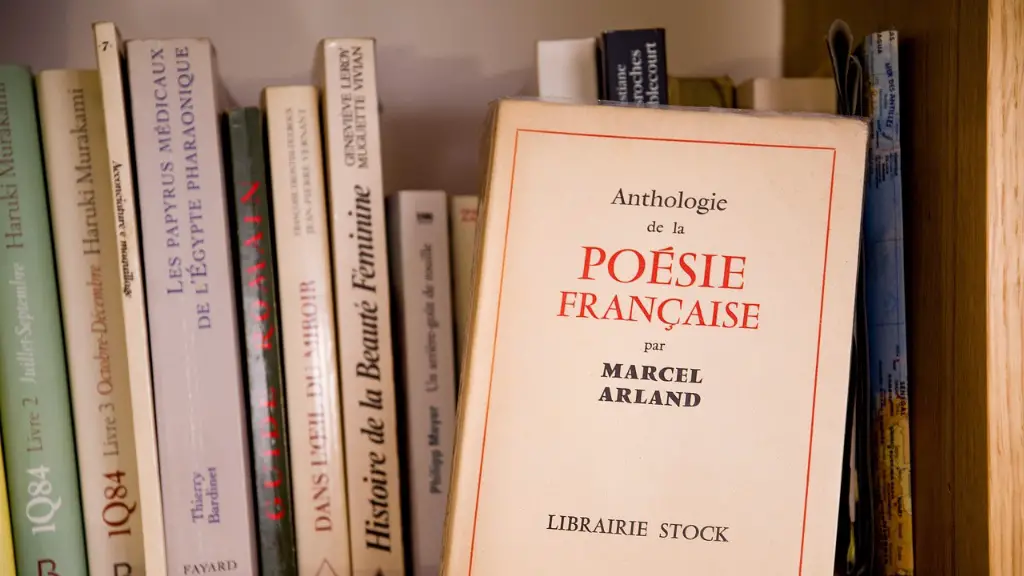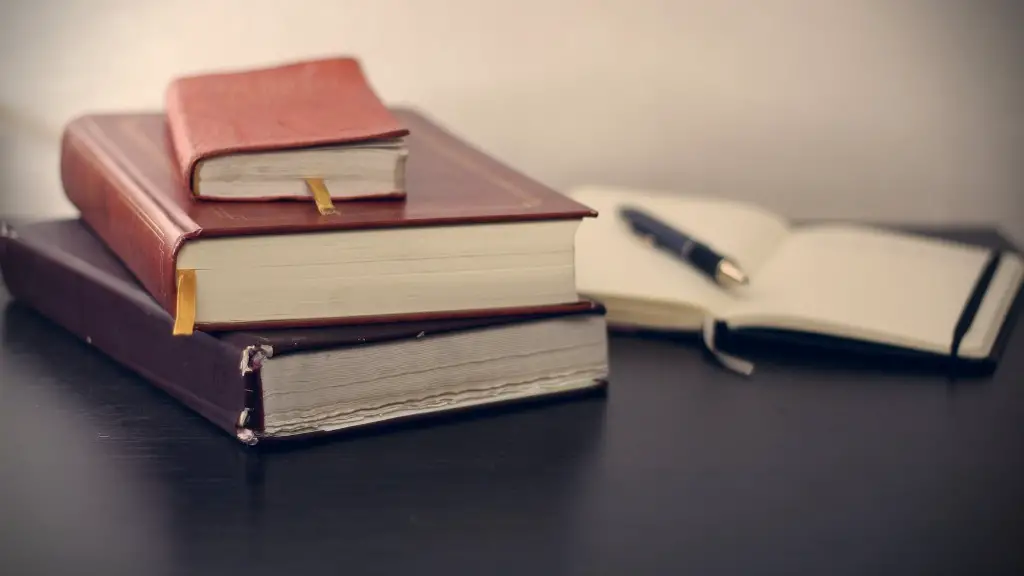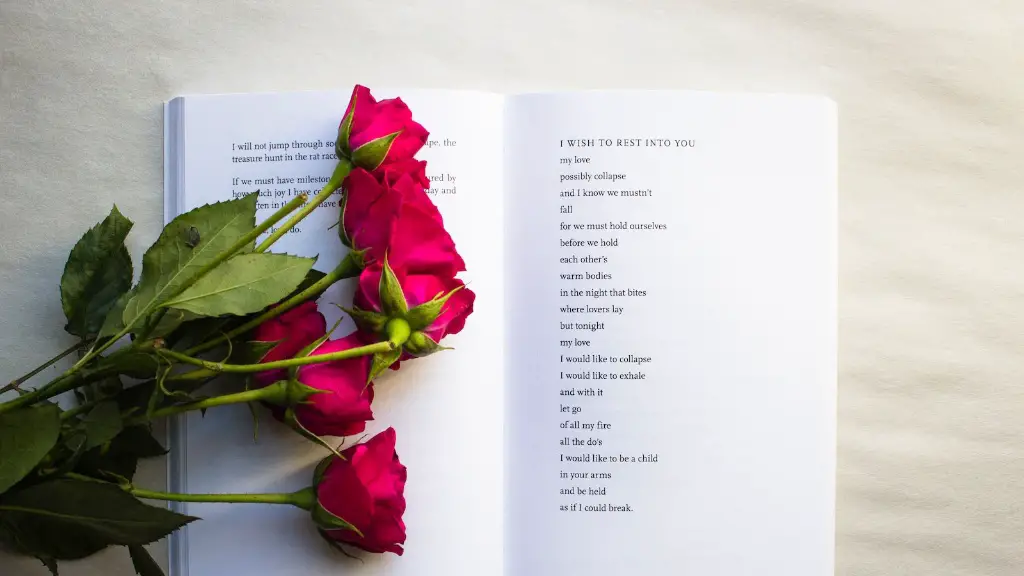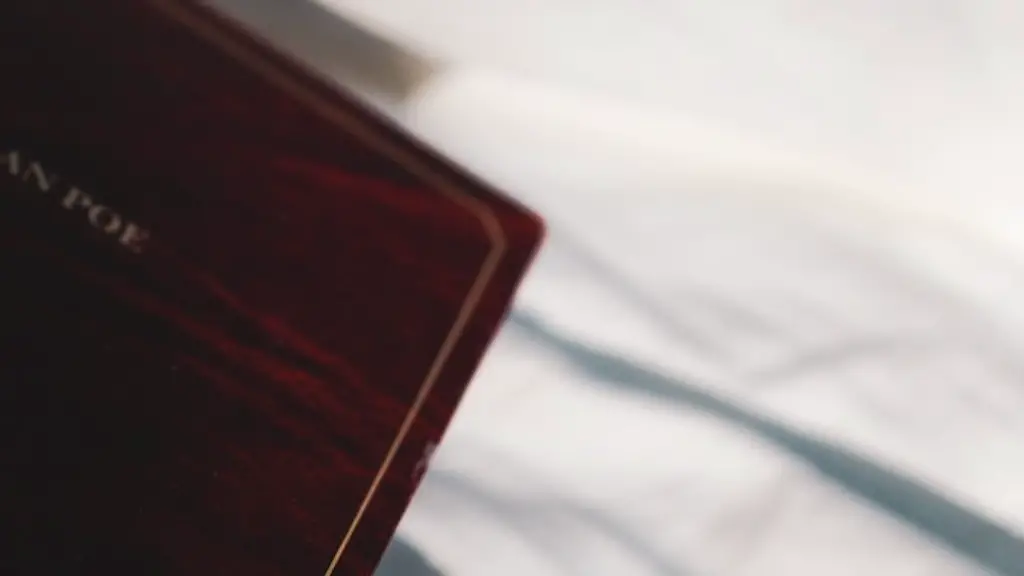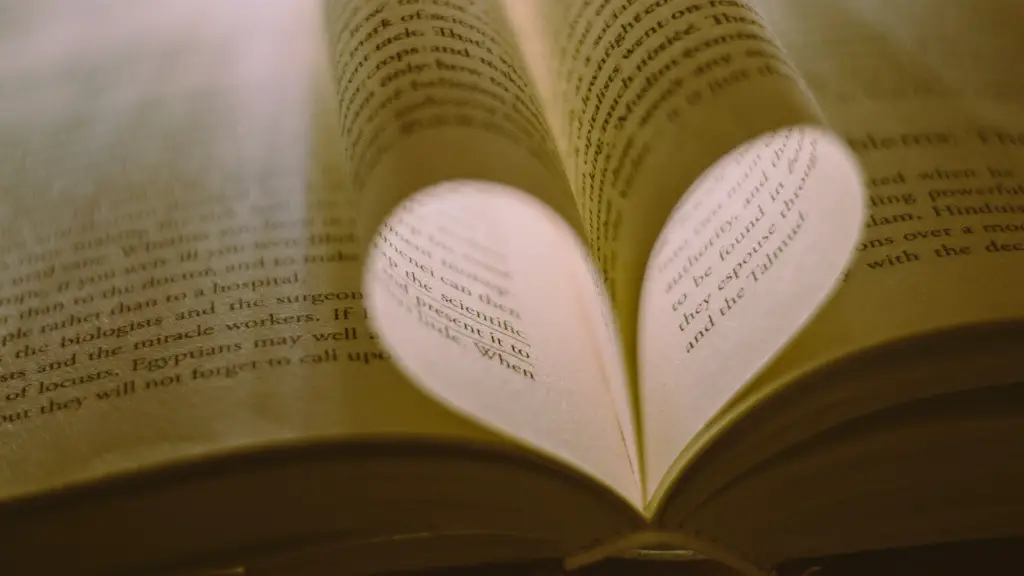Symbols in Poetry
The use of symbolism within poetry is a powerful creative tool when used thoughtfully and tastefully. As a literary device, symbolism refers to words and phrases that carry a meaning which is different from its literal interpretation. Poets often use symbols to represent a universal idea or concept that goes beyond its literal meaning. Knowing how to incorporate symbols into poetry can profoundly improve the reader’s experience and add a new layer of appreciation.
Symbols in poetry can evoke strong emotions for readers because of the fact that symbols bring together the idea of the poem, and the readers’ personal life experiences. For example, a symbol can evoke the feeling of a lost love or the passage of time. In this way symbols make poetry come alive, capturing and highlighting moments that can span centuries, or can be as immediate and intimate as the moment the poem was written.
When used correctly and intentionally, symbols can communicate the central idea of a poem in a symbolic way that speaks to the reader on a much deeper level than a straight-forward interpretation. By incorporating symbols into their poetry, poets are able to tell a story and convey an emotion that is more impactful and meaningful. Using symbolism in poetry can be a form of shorthand between a poet and reader.
The use of symbolism in poetry can be broken down into two main categories: the use of a single symbol, or the use of multiple symbols. Single symbols can be used to represent a single idea, such as a rose representing love or a broken heart representing sorrow. Alternatively, multiple symbols can be used to represent multiple ideas in a single poem, allowing for a more complex and layered interpretation.
Incorporating symbols into poetry may be challenging to a poet at first, but when done right can result in a poem that offers more depth and encourages more reader engagement. Poets should also be aware that symbols can only be effective if they are properly developed. A symbol used without any context or explanation can be ineffective and can lead readers to misinterpret its meaning.
Symbolic Imagery in Poetry
In addition to symbols, poets also use the creative tool of imagination in order to paint a vivid image. Imagery refers to the description of a scene or an object through the use of vivid language. Poets often use images to illustrate a particular idea or emotion in their work.
Incorporating imagery into poetry helps to create a more dynamic and evocative composition. Through the use of images, a poet is better able to capture the essence of an object or scene and communicate the emotion of a moment in a more impactful and meaningful way. Imagery can also be used to enhance the effect of symbols in a poem and create a more vivid understanding.
For example, a poet may use the image of an eagle to represent freedom and include a description of its majestic wings soaring through the sky. Through the use of imagery, the poet is able to bring the symbol to life and create a stronger connection with the reader. imagery and symbolism find often combined in order to create a more layered interpretation of a poem whilst also enhancing its emotional impact.
Images and symbols are two of the most powerful creative tools used in poetry and can vastly improve the impact and depth of a poem. Used correctly, they can bring a poem to life, adding colour, depth and emotion to the reader’s experience. Although challenging at first, when used creatively, these tools are an essential part of creating a truly meaningful and powerful poem.
Symbolic Personification in Poetry
Symbolic personification is another powerful tool often used by poets. This type of symbolism involves attributing human characteristics to non-living objects. This technique makes for poetic imagery by creating a vivid visualization that resonates with readers and holds a deeper, symbolic meaning.
For example, a poet might use the symbol of a river to represent time, and personify the river by giving it the ability to flow freely, but then become suddenly and dangerously turbulent. Personification also helps to direct the reader’s attention to a particular idea or emotion and communicates it in a creative, powerful way.
Symbolic personification can be a powerful way to add new depths of emotion and meaning to a poem. By combining the physical features of an object with the characteristics of a human, a poet can create an image that speaks directly to readers and conveys a universal idea or emotion.
A poet may also use personification to create a story within a poem that captures the reader’s attention and leaves them thinking. By giving an object qualities of human emotions and behaviour, readers can be truly immersed in the story, allowing them to be moved by its intention.
Symbolic Allegories in Poetry
Symbolic allegories are a tool used by poets to communicate deeper, spiritual or philosophical themes. This type of symbolism requires the poet to metaphorically represent an idea or object with another. Poets often use allegory to subtly communicate an idea that can otherwise be difficult to express directly.
For example, a poet might use the symbol of a rainbow in order to represent a hope for the future, using the image of the rainbow’s many colours to represent the endless possibilities that exist. Symbolic allegories can also be used to represent moral dilemmas in a poetic and creative way.
Allegory is often used in poetry to make the reader consider a deeper, hidden meaning, and consider the poem from a different perspective. It can also be used to add emotional depth to the poem and encourage the reader to think more introspectively. These types of symbols can also add credibility to a poem and give it an air of sophistication.
Symbolic Metaphors in Poetry
Metaphors are another device that poets use to add a symbolic meaning to their poems. Metaphors involve comparing one thing to another which can communicate a deeper meaning to the readers. Metaphors help to add depth to a poem and create a more meaningful experience for the reader.
For example, a poet may use the metaphor of a red rose to symbolize a passionate love. Through the comparison of the rose with passionate love, readers can better understand the emotions of the poem and be moved by its meaning. Metaphors are an effective way of bringing ideas to life, and can often have a profound impact on the reader.
Symbolic metaphors can also be used to represent a range of different ideas and emotions from destruction or death to renewal or hope. They may also be used to represent a single universal truth or an idea which can stand across history, cultures and generations.
Symbolic Allusions in Poetry
Symbolic allusions are a type of symbolism used by poets in order to evoke feelings and create imagery. This type of symbolism involves making a reference to a well-known literary work, person, place, event or object. Allusions can be used to draw the reader’s attention to the poem, and can be used to add credibility and sophistication.
For example, a poet might make an allusion to Romeo and Juliet in order to represent love and romance. By referencing this well-known literary work, a poet can create an imagery that is both powerful and evocative. Allusions may also be used to create a connection between the poem and its readers by giving the poem a personal and universal meaning.
Symbolic allusions can also be used to point towards a deeper, spiritual or philosophical meaning for the poem. This type of symbolism can add credibility to a poem and draw the readers’ attention to a greater, universal idea.
